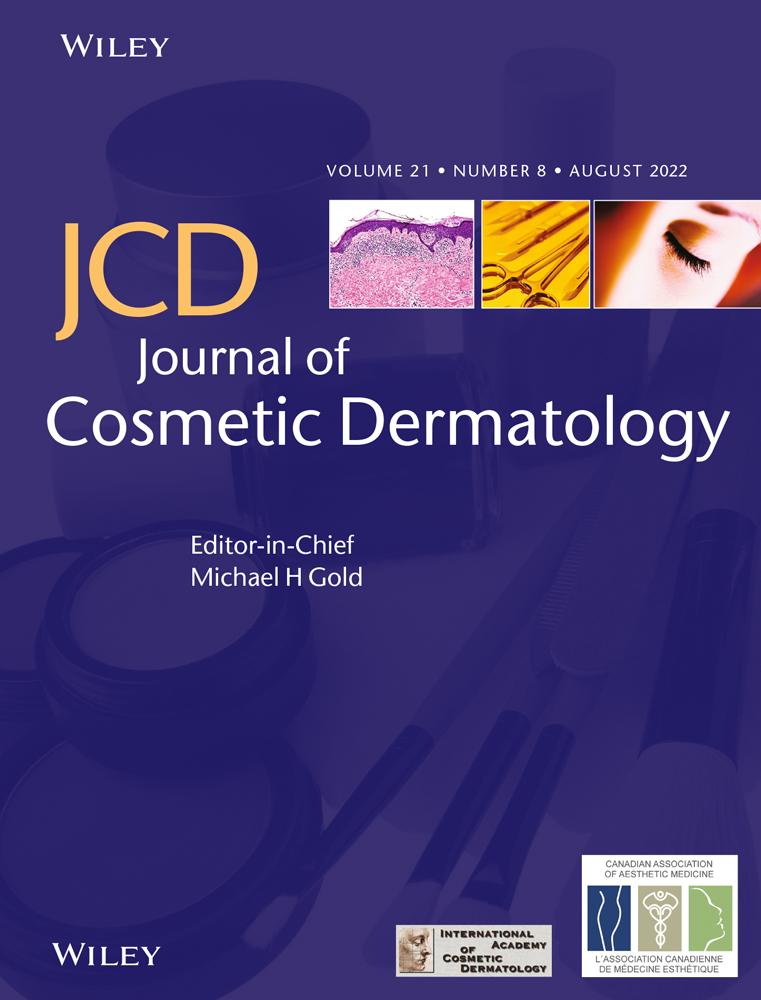Do patients with psoriasis are at higher risk for atherogenity? A case–control study
Abstract
Background
Psoriasis is a chronic, inflammatory skin disease that is common in both adult and childhood. Patients with psoriasis are at significant risk for the development of many comorbid conditions, including cardiovascular diseases.
Objectives
We aimed to investigate the cardiovascular risk status and serum lipid parameters in patients with psoriasis and to determine the risk of cardiovascular disease by atherogenic indices obtained accordingly.
Methods
This retrospective case-control study was conducted with a total of 142 individuals, 72 patients with psoriasis vulgaris and 70 healthy volunteers over the age of 18 who were admitted to the dermatology outpatient clinic. Demographic information and laboratory values were retrieved from the hospital database. Afterward, atherogenic indexes such as Atherogenic index of plasma (AIP), Castelli Risk Index I and II (CRI-I and II), and Atherogenic coefficient (AC) were calculated.
Results
There was a significant difference in lipid profile between the psoriasis patients and the control group. In patients with psoriasis, triglyceride level (140.09 ± 71.20 mg/dl vs. 116.10 ± 63.95, p = 0.037) was higher, while HDL level (44.34 ± 11.77 mg/dl vs. 50.31 ± 11.62, p = 0.003) was lower. Regarding atherogenic indices; AIP (0.10 ± 0.24 vs. −0.04 ± 0.27, p = 0.001), CRI-I (4.63 ± 1.40 vs. 3.94 ± 1.02, p = 0.001), CRI-II (2.98 ± 1.01 vs. 2.61 ± 0.82, p = 0.019) and AC (3.63 ± 1.40 vs.. 2.94 ± 1.02, p = 0.001) were significantly higher in patients with psoriasis.
Conclusion
Our study shows that patients with psoriasis have higher pro-atherogenic lipid profile and atherogenic indexes at a high risk level. Patients with psoriasis have an increased risk of cardiovascular diseases.
CONFLICT OF INTEREST
No conflict of interest.
Open Research
DATA AVAILABILITY STATEMENT
The data that support the findings of this study are available on request from the corresponding author. The data are not publicly available due to privacy or ethical restrictions.




